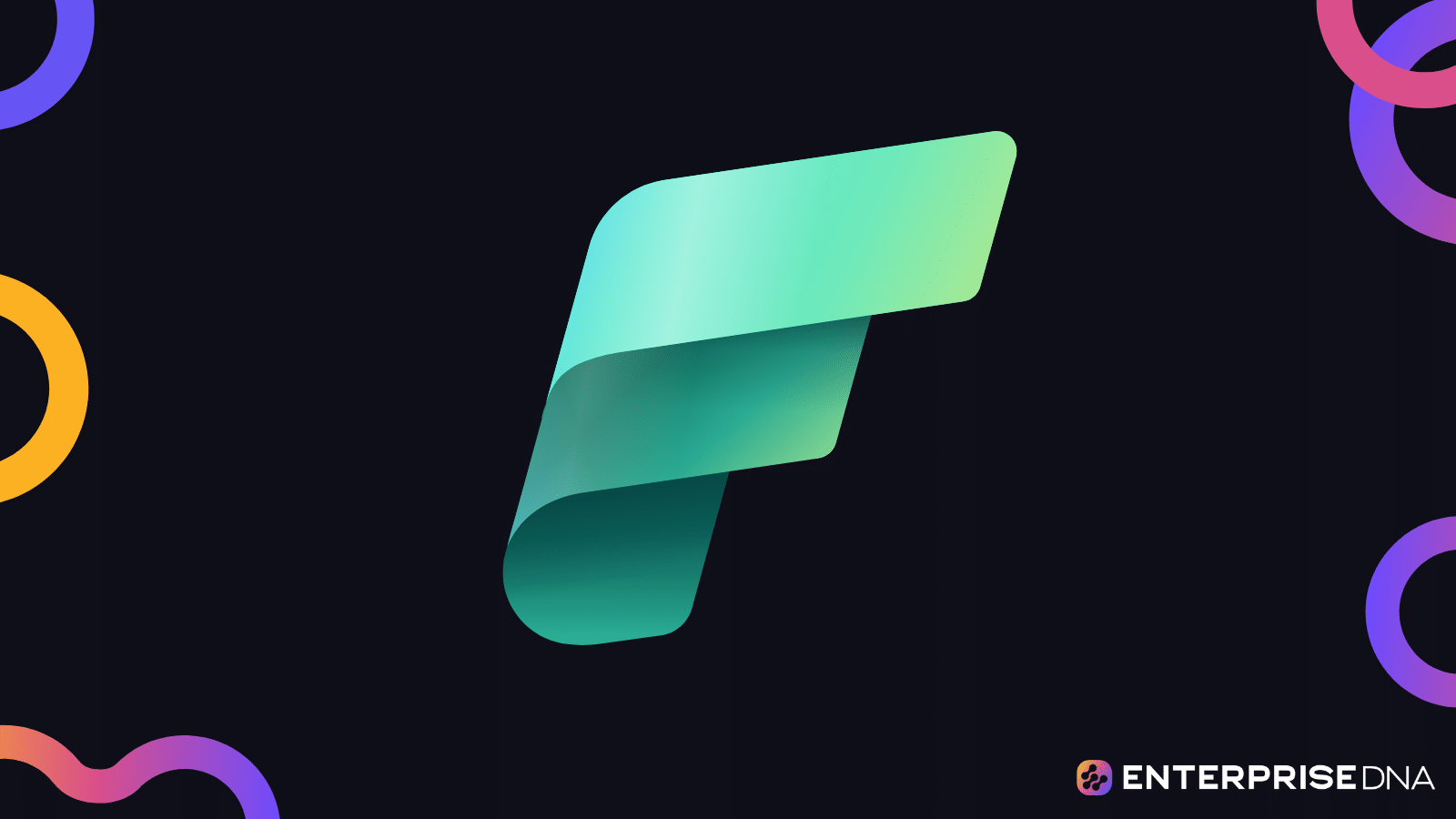Are you looking to revolutionize how your organization manages and analyzes data? Could a single, integrated data solution be the key to unlocking your company’s potential?
Let’s see
OneLake is the OneDrive for data. OneLake serves as the central data lake for your organization, streamlining data management and analytics.
Key features of Microsoft OneLake include:
Unified data storage: One data lake for the entire organization
Automatic availability: No additional infrastructure to manage and automatically available to every Fabric tenant
Integration: All Fabric workloads are automatically wired into OneLake, similar to Microsoft 365 applications’ integration with OneDrive
By using OneLake, you can enjoy the benefits of a consolidated data lake throughout their organization.
In this article, we will explore the distinctive features of OneLake that differentiate it from other data lake solutions.
Wanna learn more about how One Lake integrates seamlessly with Azure storage accounts and other similar third-party services?
Let’s go!
OneLake Overview
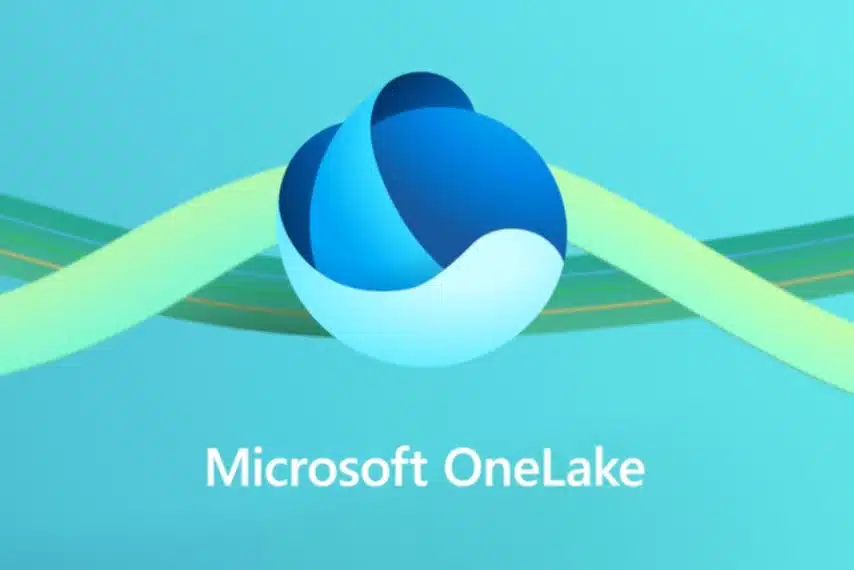
OneLake is a key component of Microsoft Fabric, an integrated platform that simplifies the management and processing of large-scale data in modern data architectures.
Moreover, OneLake serves as a unified data lake solution that enables organizations to store, process, and analyze massive amounts of data from various sources in a scalable, cost-effective, and secure manner.
Now, let’s take a look at the fundamentals.
Data Lake Fundamentals
A Data Lake is a centralized, scalable, and highly available repository that stores vast amounts of raw data in its native format, without any predefined data structures or schema.
Unlike traditional data warehouses, data lakes are designed to accommodate diverse data types.
For example, structured, semi-structured, and unstructured data, such as relational databases, log files, sensor data, social media feeds, and multimedia content to name a few.
But what about getting insights in Microsoft Fabric?
Microsoft Data Fabric
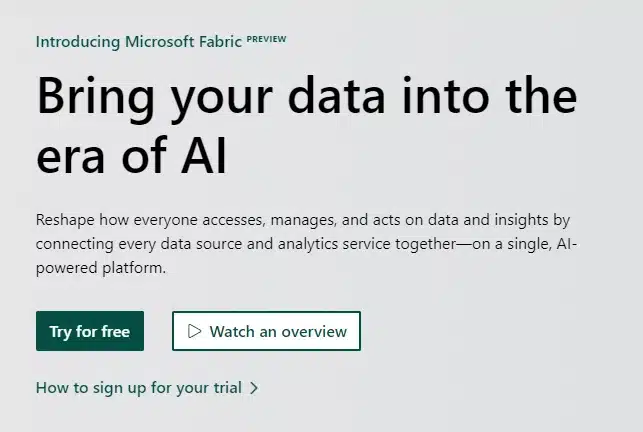
The main purpose of Microsoft Data Fabric is to simplify the process of gathering insights from data by offering a single, unified, logical data lake for an entire organization.
Only time will tell here, but we think Microsoft is onto something. Let’s see.
Microsoft Data Fabric is also designed to handle large volumes of data and scale up or down depending on the workload. It can integrate with various data sources, including on-premises data, cloud-based data, and third-party data sources, making it a versatile solution for organizations.
The best part?
This multi-cloud, Software-as-a-Service (SaaS) data lake is automatically included with every Microsoft Fabric tenant, allowing organizations access to a centralized place for storing data and breaking down silos.
Next, let’s check out the role of AI in the Onelake ecosystem.
Role of AI in OneLake
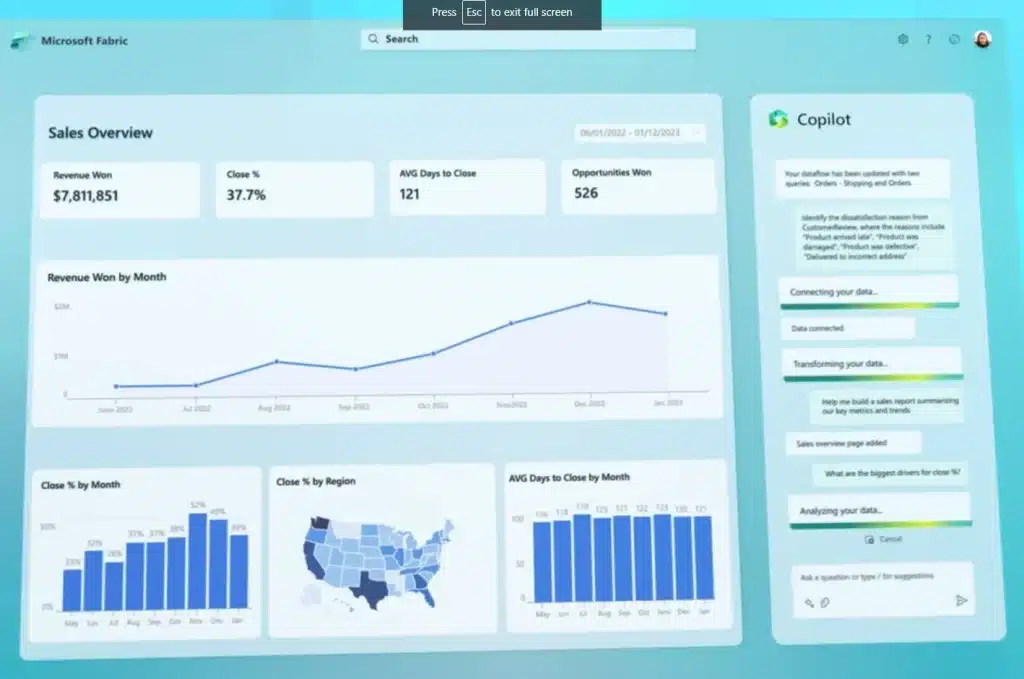
In today’s rapidly evolving digital landscape, artificial intelligence (AI) plays a crucial role in enabling businesses to analyze vast amounts of data quickly and accurately.
Furthermore, Microsoft OneLake is specifically designed to power AI-driven workloads, analytics, and decision-making within the Microsoft Fabric ecosystem.
By offering a seamless, integrated environment for AI and analytics, OneLake helps you unlock valuable insights from your data, ultimately leading to more informed decisions.
Let’s take a closer look at the features.
OneLake Key Features
Data Storage and Organization

OneLake aims to provide a unified storage system that eliminates data silos and simplifies data management.
OneLake offers:
A scalable, high-performance storage system designed for big data analytics.
Easy data discovery, enabling users to quickly find and access relevant information.
Centralization of data, reducing redundancy, and improving efficiency.
Next, we’ll explore how Security and Compliance serve as the backbone of the OneLake ecosystem.
Security and Compliance

OneLake provides robust security features, such as role-based access control, encryption, and auditing, to protect data from unauthorized access, tampering, or theft.
Onelake’s Security Features Include:
Role-based access control (RBAC), allows organizations to grant users specific permissions based on their role.
Built-in Azure security measures, including data encryption, network firewall, and data loss prevention.
Regular updates to ensure compatibility with evolving compliance regulations and security standards.
Next, let’s dive into Data Sharing and Collaboration.
Data Sharing and Collaboration

Collaboration among data analysts and developers is the backbone of OneLake
OneLake’s Data Sharing Features Include:
Integration with popular data processing and analytics engines, empowering users to collaborate using their preferred tools.
Easy sharing of data sets, promoting a culture of open access, and building upon each other’s insights.
Governed access to information, ensuring data can be shared without compromising security and privacy.
By offering a centralized and secure storage system such as OneLake, organizations of all sizes can optimize their data storage, security, and collaboration strategies while leveraging the power of Azure Data Lake Storage Gen2 and OneDrive.
Next up, let’s see how Onelake’s data management streamlines operations.
Data Management and Analysis
Managing Virtualized Data
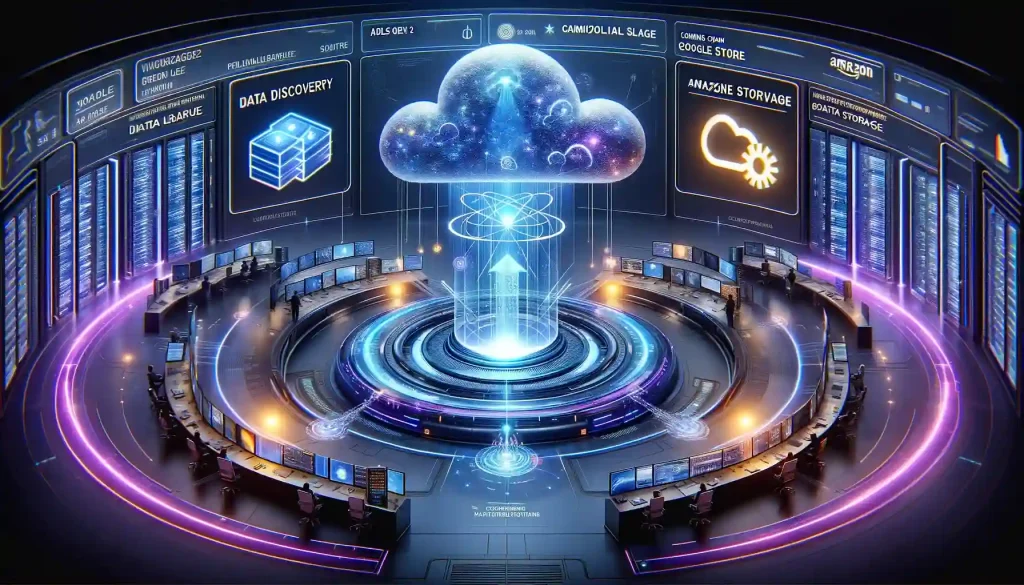
OneLake streamlines data management by providing a centralized hub for easy data discovery and management. By virtualizing data lake storage in ADLS Gen2, Amazon S3, and Google Storage (coming soon).
OneLake allows users to access and share data across different cloud platforms without duplicating information.
This approach encourages distributed ownership of organizational data by breaking down data silos and simplifying aspects like security, governance, and data discovery.
But, what about analytics and reporting?
Analytics and Reporting

The analytics capabilities of OneLake enable users to view data across multiple business domains and filter specific domains of interest.
By consolidating all authoritative endorsed data in one place, users can leverage existing data for better decision-making.
The best part?
OneLake supports various APIs for external applications and services to access data through shortcuts with direct-lake mode.
This works by facilitating seamless integration with existing reporting and analytics workflows while maintaining high-performance levels.
Now, let’s look at the machine learning component.
Machine Learning

Rumor has it that OneLake integrates machine learning tools within the platform, further enhancing its data analysis capabilities.
We can’t wait to see what and how it does this, the future is looking bright!
Finally, let’s reflect on Onelake and its many valuable features to empower your work.
Final Thoughts

In today’s data jungle, OneLake emerges as a beacon of hope! This powerful platform offers a centralized, secure, and scalable haven for data management.
OneLake’s unique features, such as its unified data lake, enhanced security, simplified governance, accelerated data discovery, and flexibility, make it the ideal choice for businesses looking to streamline their data management processes.
Say goodbye to data duplication and hello to user-friendly interfaces that empower users to make informed decisions and optimize operations.
Furthermore, OneLake’s integration with the MS Fabric ecosystem takes data management to the next level.
So it’s time to embrace OneLake and conquer the data-driven world; well, that’s what we are saying around here!
Speaking about conquering the data-driven world, we’ve been working on an absolutely game-changing piece of tech, check out our latest clip below:
Frequently Asked Questions
What is OneLake and how does it handle data?
OneLake is a unique data storage account service where you can store data in a singular location, enabling a 0/1 separation of your data sources.
OneLake consolidates all the data into one lake, ensuring there’s only one copy of the same data, avoiding duplication, and making querying more efficient.
How secure is storing data in OneLake?
OneLake ensures that your data is stored securely. The SAAS service allows the community of users to navigate through and manage their files and folders with ease, all while ensuring the confidentiality and integrity of the stored data.
How does OneLake File Explorer enhance the user experience?
OneLake File Explorer simplifies the way users interact with their stored data. For example, whether dealing with files related to community amenities, neighborhood construction, or any other items, OneLake File Explorer allows users to discover and manage their data seamlessly.
Can you give an example of the kind of data that can be stored in OneLake?
A variety of data can be stored in OneLake, from community-related information such as walking trails, park locations, and amenities
to more business-oriented data like warehouses, T-SQL tables, and data related to SaaS services.
What makes OneLake stand out in terms of data management?
OneLake shines in its capacity to minimize data duplication by storing one comprehensive copy of the data. Its engine facilitates efficient querying and simplifies the concept of data management, making it easy for users to make sense of their stored data.
Is OneLake versatile in terms of the kind of data it can handle?
Absolutely! OneLake is versatile and allows for the storage of a diverse range of data, from details about local attractions like zen gardens, picnics, restaurants, and wine offerings in Solano County to more technical data such as T-SQL tables and SaaS service information.
How does OneLake contribute to community life and businesses in Fairfield and Solano County?
By consolidating various data sources, OneLake assists communities and businesses in areas like Fairfield and Solano County to streamline their operations.
Is there a way to explore or get a feel of the OneLake service before making a request or commitment?
Yes, potential users can get a glimpse of what OneLake offers by exploring its interface, which is as refreshing as a journey coffee.

